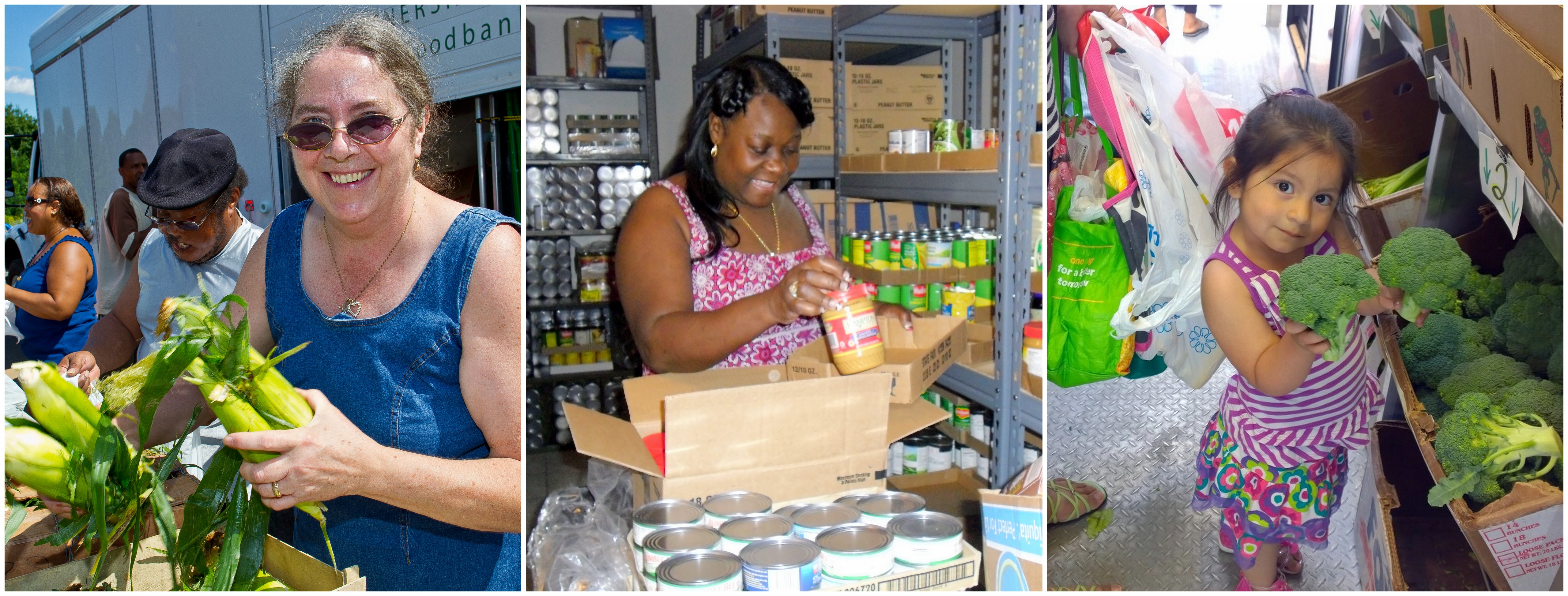- About Us
-
-
About Us
-
-
-

-
“This is an opportunity for our students to provide more for their families, for our students who may not have access to the resources that others do. It’s a blessing for the students who need that support.”
Randall Ward, Director of Student Services, Capital Community College in Hartford
-
- Find Help
- Ways to Give
- Volunteer
- Donate
- Partner Programs
The Harvest

30/Aug/17 / 14:10
Food Safety Corner | Freezer and Refrigerator Tips
- Make sure air can circulate around the back of your fridge and freezer.
- Try not to put the fridge or freezer next to a heat source such as a cooker or radiator, or in direct sunlight as this will make the fridge work harder to stay cool and use more energy. Conversely, do not keep your fridge-freezer in a cold environment such as an unheated garage in winter – the low ambient temperature will signal to the appliance that it doesn’t need cooling and you may find your frozen foods defrosting.
- Check for gaps in door seals that could let warm air in. Place a piece of paper in the door. If you can easily remove the paper with the door closed, it is not sealed properly and will be letting warm air into the fridge, making your appliance work harder to stay cool.
- Regularly clean any dust from the back of the fridge or freezer – accumulated dust on condenser coils increases energy consumption.
- Make sure your fridge and freezer are set to the right temperature. The refrigerator should be at 40 °F or below and the freezer at 0 °F or below. The temperature of your fridge affects how long food lasts, so this helps keep your food at its best and ensures energy is not being used to keep the appliance running at too low a temperature.
- Use a fridge thermometer to check that your fridge or freezer is at the correct temperature. Check the manufacturer’s instructions for which part of the fridge should be the coldest – this is where you should position the thermometer. Ensure that the fridge temperature has settled down by leaving the thermometer in the fridge for several hours or overnight before taking a reading.
- Defrost your fridge or freezer regularly and particularly if ice forms. Most appliances these days are frost-free, but if your unit requires defrosting, do it regularly. Ice build-up makes transference of cold to food more difficult and increases energy usage. Use a cooler bag shopping to keep your frozen items cool until you can return them to the freezer.
- Do not store liquids in open containers as this will increase humidity in the fridge and cause condensation to form. This will impact on the energy used to keep the fridge cool.
- Ensure warm foods are cooled down before placing them in the fridge or freezer so as not to raise the temperature inside the fridge. Defrosting frozen foods in the fridge overnight is safer than doing it on the counter and it will help keep your appliance cool.
- Do not fill the appliance with too much food so as to allow the air to circulate freely. If circulation is impeded, the compressor will work continuously.
- Don’t keep the fridge or freezer door open for longer than necessary and try to avoid opening it too frequently. This will prevent the inside of the fridge-freezer from warming up and causing increased energy consumption.
Reference: https://www.everydayhealth.com/healthy-home/eco-friendly/organizing-the-fridge.aspx





